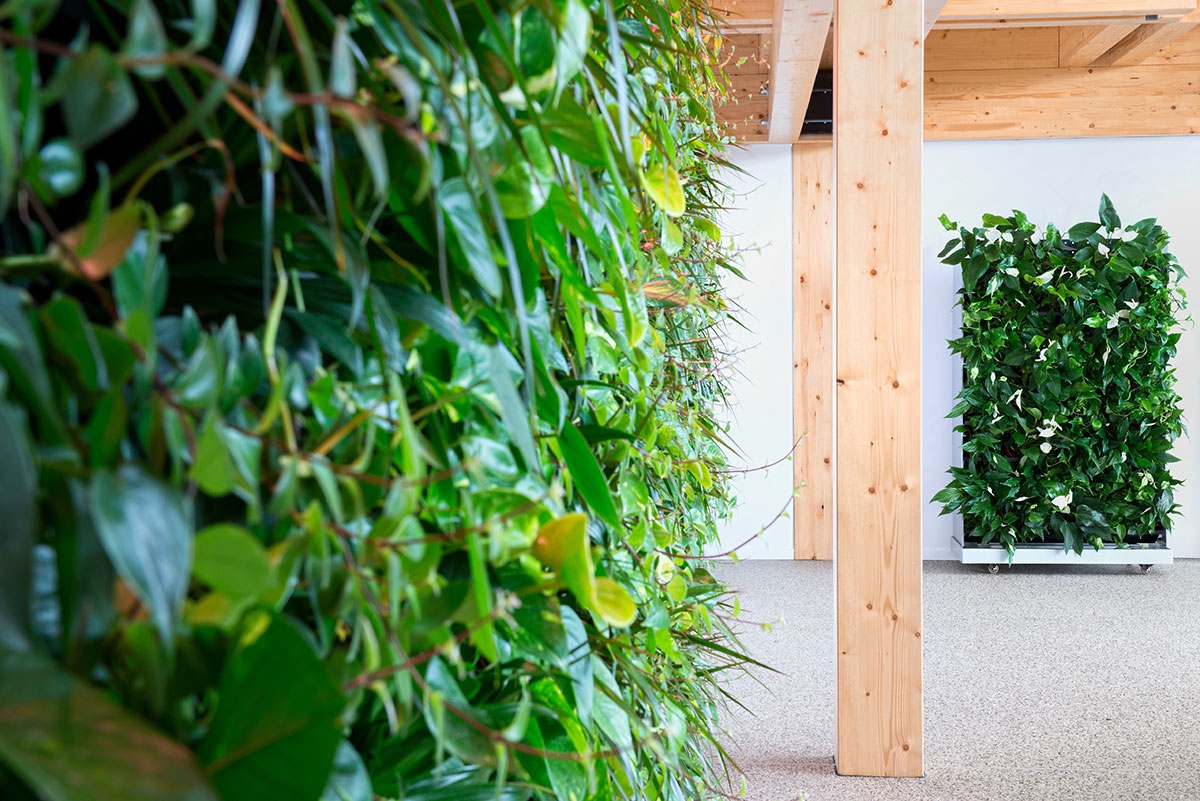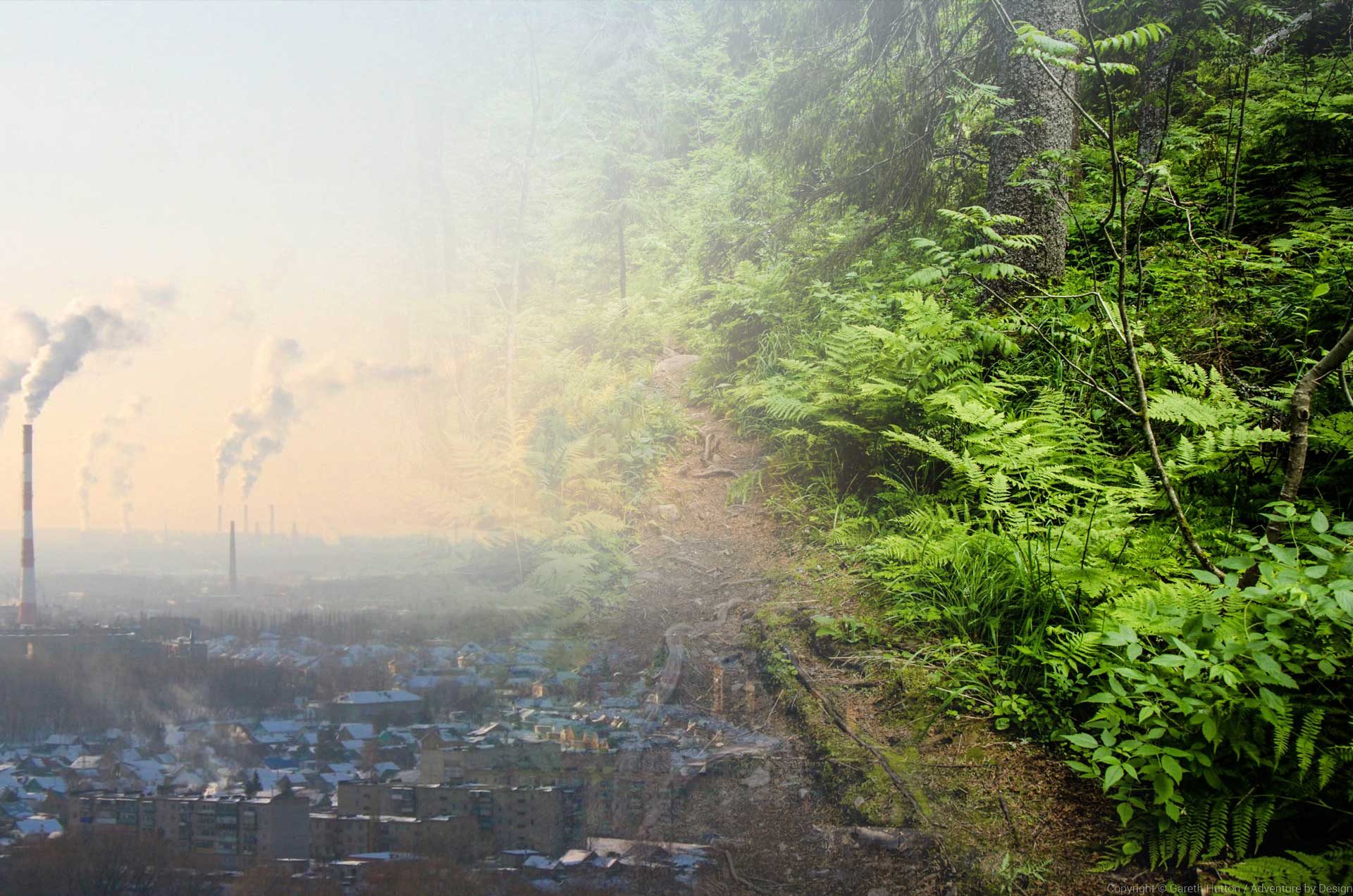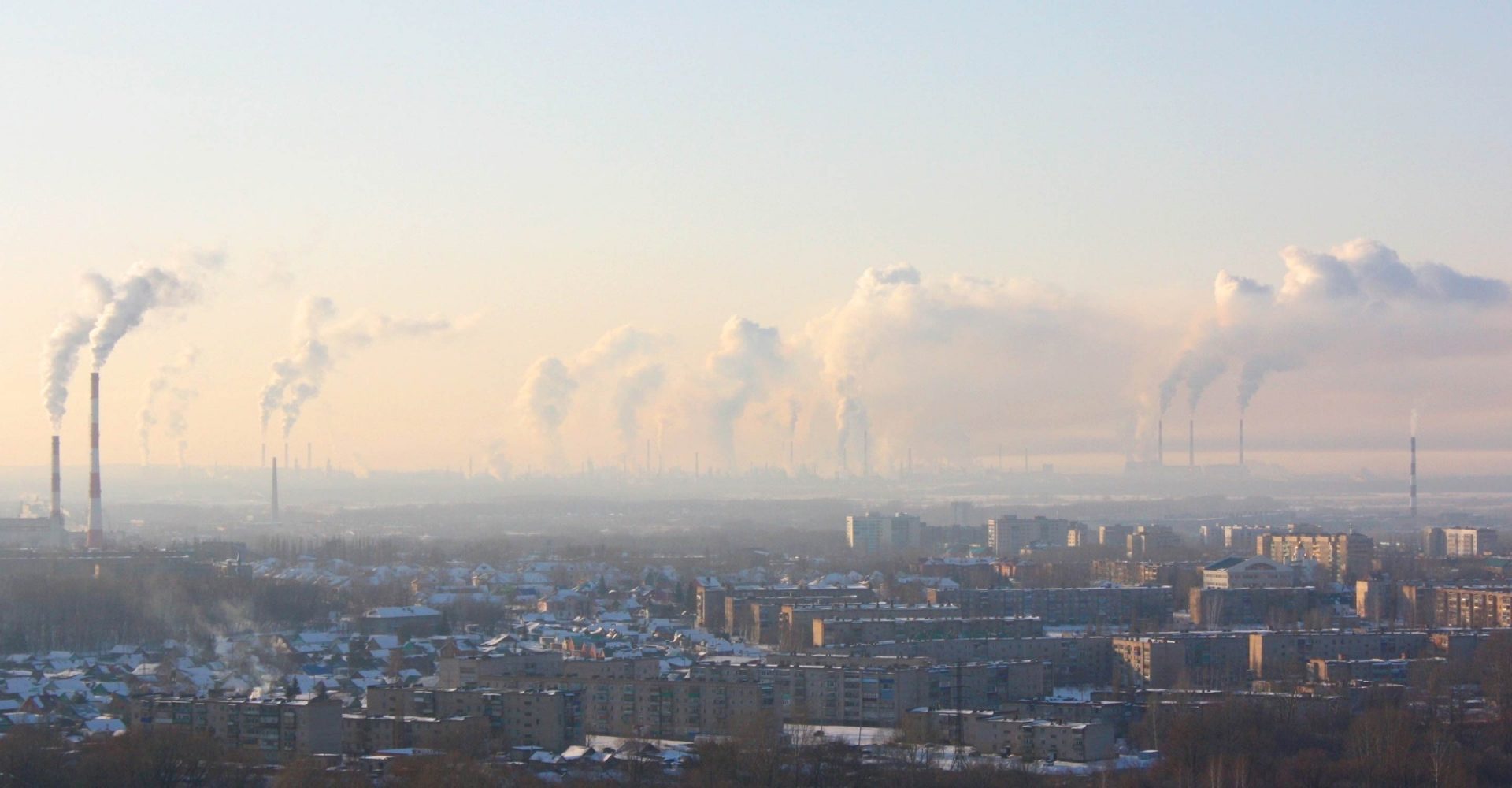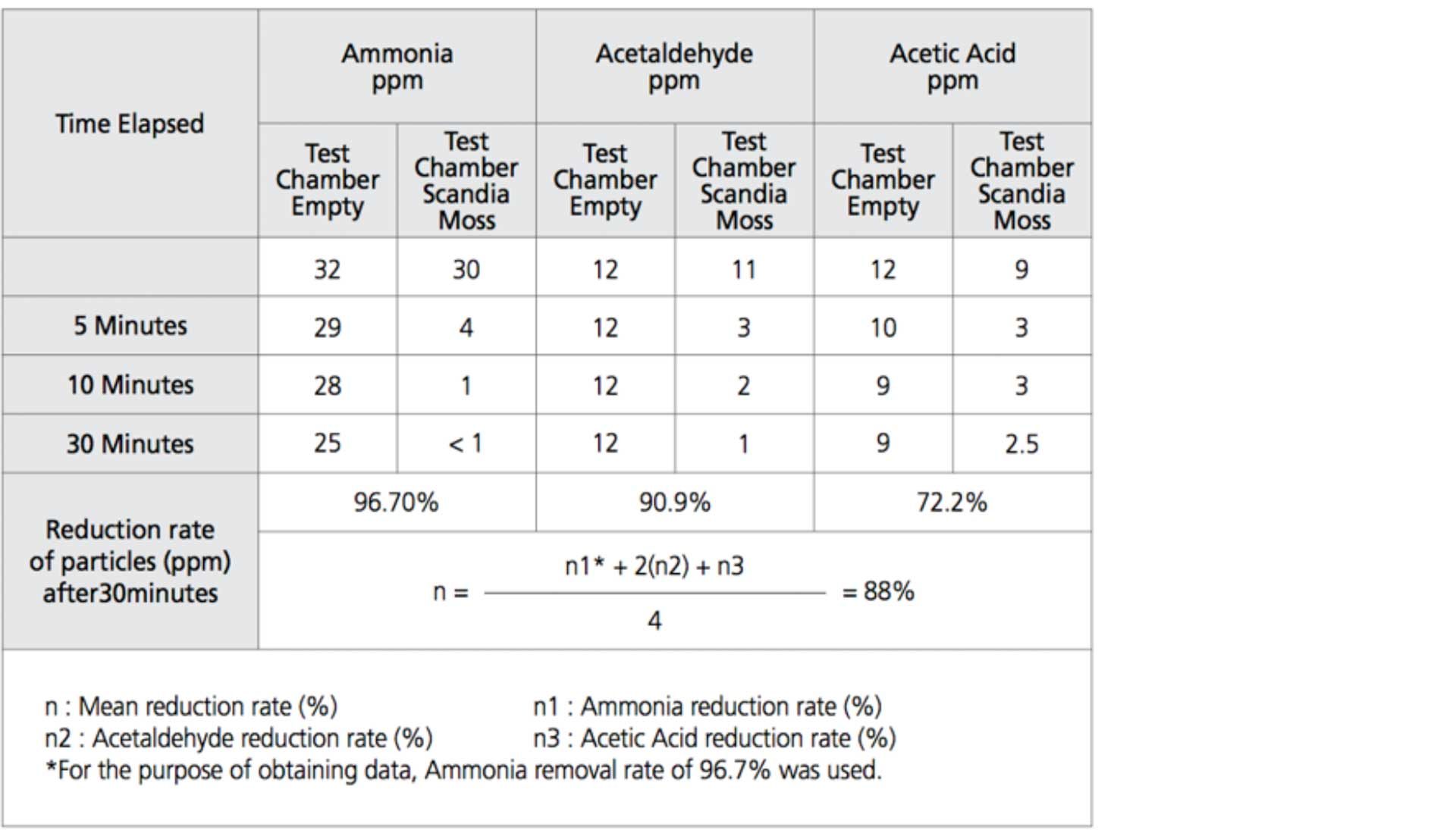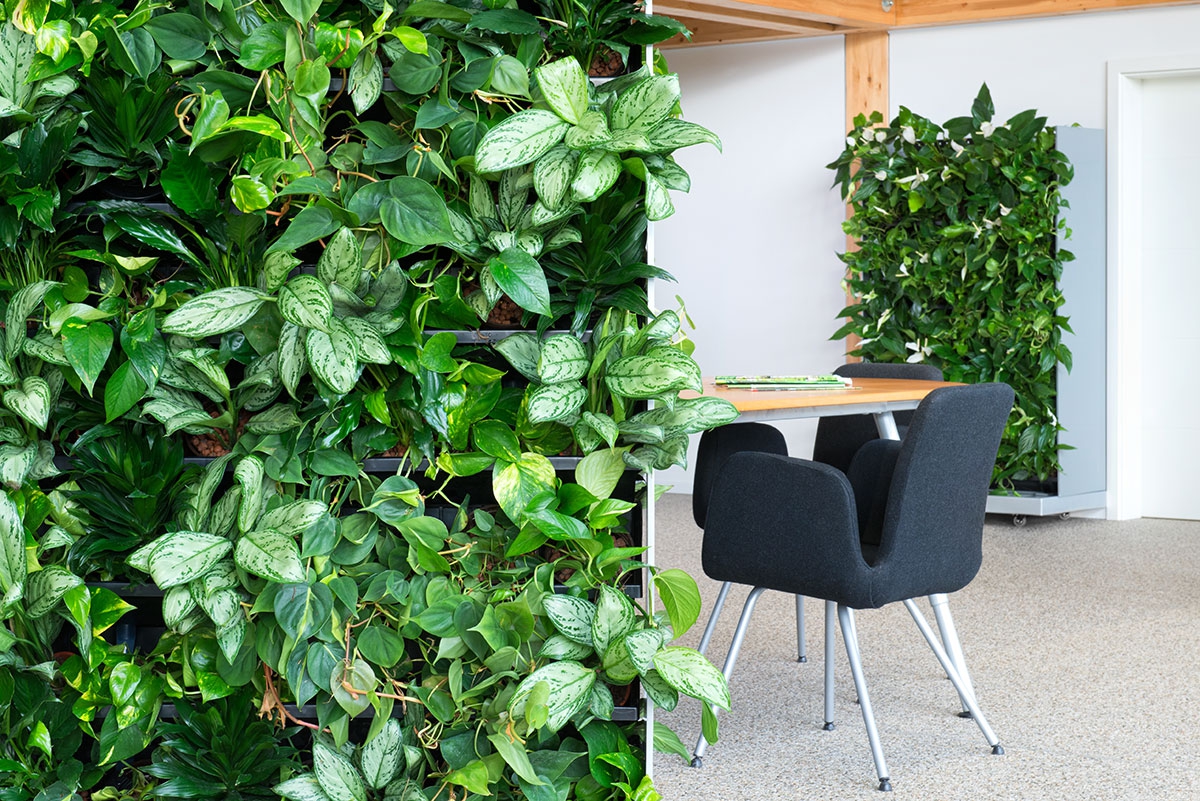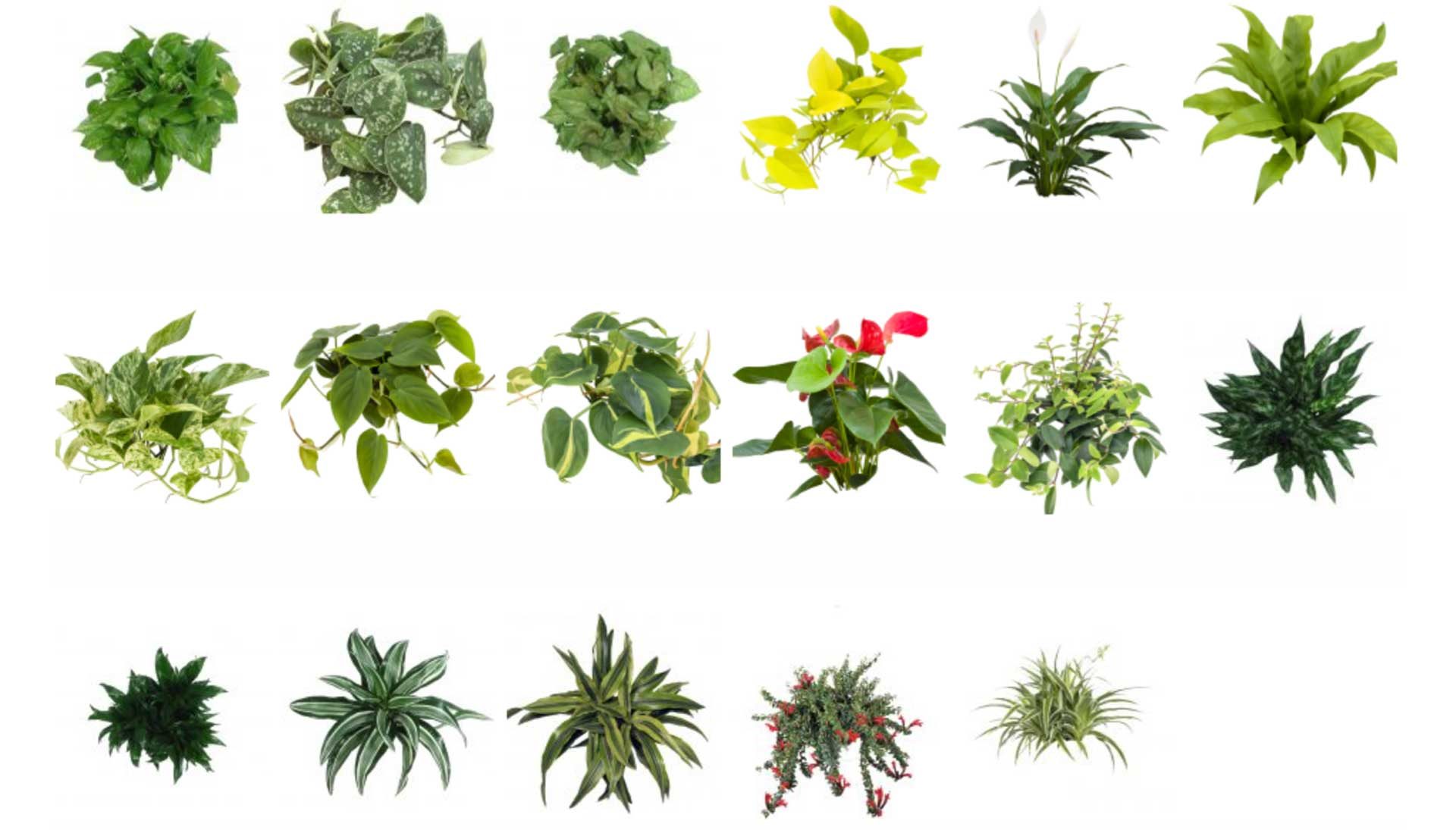
Plants and mosses purify your indoor air
Nature & Technology
Because one plant in a classroom will have little impact, in our vertical systems we combine a large amount of different plants with different properties, for as large and diverse as possible surface. The two most efficient systems suitable for this school are the aesthetic moss walls (reduction of air pollution and strong acoustic effects) and the bio-wall or breating wall: a vertical garden with a technical framework and minimal maintenance.
Operation bio-technological symbiosis
Nowadays we pay more and more attention to the airtight insulation of homes. That is good for the environment and our wallet because we use less energy and reduce CO2 emissions. However, the disadvantage of the well-insulated homes or office buildings of today is the deteriorating air quality in the house. In addition to the heat, the polluted and humid air can not go any further. Research has shown that plants that purify air have a favorable effect on the air quality in a building, living or working environment. They are able to purify CO2 and other bad substances from the air and convert them into beneficial substances.

